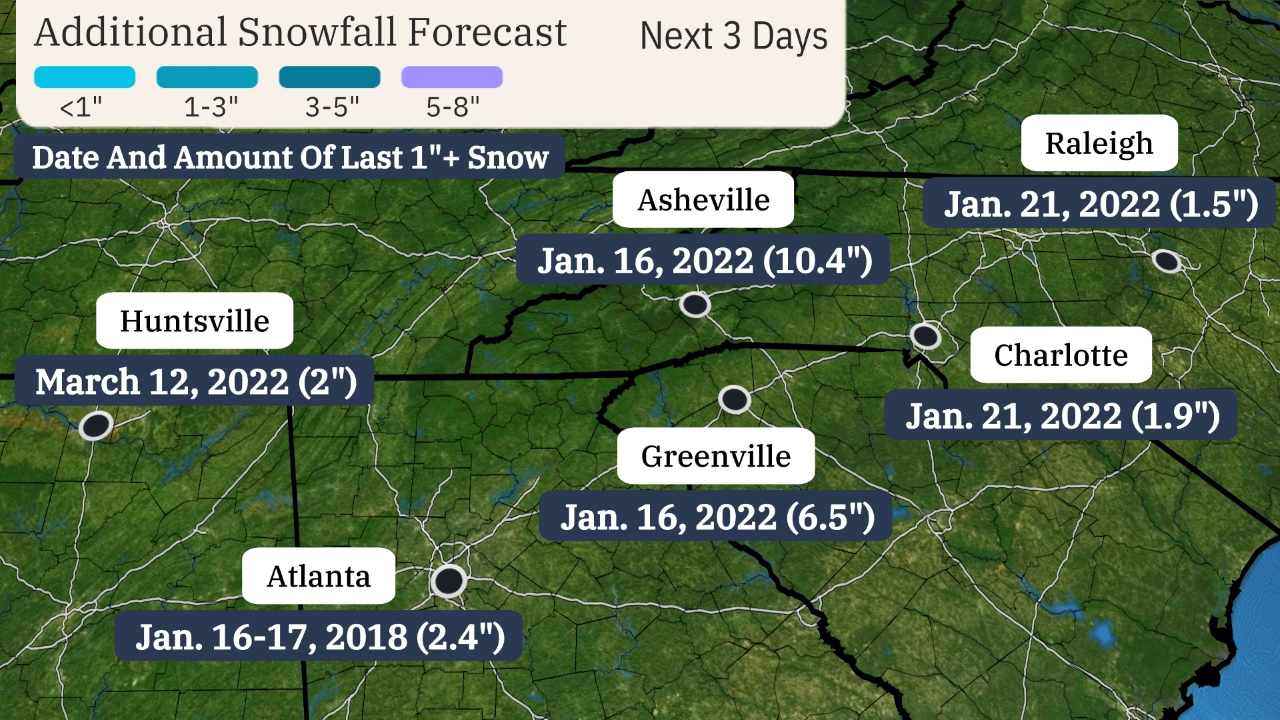Jonathan Erdman
Hurricane Lee's track could bring bands of rain to already soaked far eastern New England, but fortunately the heaviest rainfall should be confined to offshore waters of the Gulf of Maine.
(MORE: Hurricane Lee Complete Forecast | Tracking Maps)
There's no room for more rain: Soil moisture is currently in the 90th percentile and above for mid-September from Maine to Connecticut and Rhode Island, according to a NASA analysis.
This means the ground is saturated and can't absorb any additional heavy rainfall.
Lee's rain footprint depends on its path: Rainfall from Lee should begin to move in late Friday night, continue through Saturday, then diminish Sunday morning.
Based on the current forecast track, it appears the heaviest rain will stay off the coast of New England. But, some bands of soaking rain could still impact coastal New England, especially from Cape Cod to eastern Maine.
That means areas that saw flooding this week including Leominster, Massachusetts, Hartford and Providence could be spared from Lee's heaviest rain. But, we will continue to monitor Lee's path for any westward shifts that could bring more signficant rainfall to these areas.

How recent rain could worsen wind impacts: It may sound odd, but the soaked ground could also heighten the threat of wind damage from Lee.
First, trees and power lines are more easily toppled in wet, soggy ground than dry ground.
Second, since it's still only mid-September, trees still have their leaves. That means a tree has increased area for the wind to push against it, compared to, say, the middle of winter.
Add the weight of these rain-soaked leaves, New England's relatively dense tree cover and Lee's large wind field, and you have the formula for possible tree damage. Scattered power outages are also a possibility.

What you should do:
-Watch for areas of flash flooding (and coastal flooding) and do not drive into flooded areas. Turn around and find another route.
-Take shelter in a strong building and avoid driving during the height of the storm.
-Beware of the danger of falling trees, limbs and power lines.
-Prepare for the potential of power outages that could last for several hours or a few days.
Jonathan Erdman is a senior meteorologist at weather.com and has been covering national and international weather since 1996. His lifelong love of meteorology began with a close encounter with a tornado as a child in Wisconsin. He studied physics at the University of Wisconsin-Madison, then completed his Master's degree working with dual-polarization radar and lightning data at Colorado State University. Extreme and bizarre weather are his favorite topics. Reach out to him on X (formerly Twitter), Threads and Facebook.
The Weather Company’s primary journalistic mission is to report on breaking weather news, the environment and the importance of science to our lives. This story does not necessarily represent the position of our parent company, IBM.
The Weather Company’s primary journalistic mission is to report on breaking weather news, the environment and the importance of science to our lives. This story does not necessarily represent the position of our parent company, IBM.

No comments:
Post a Comment